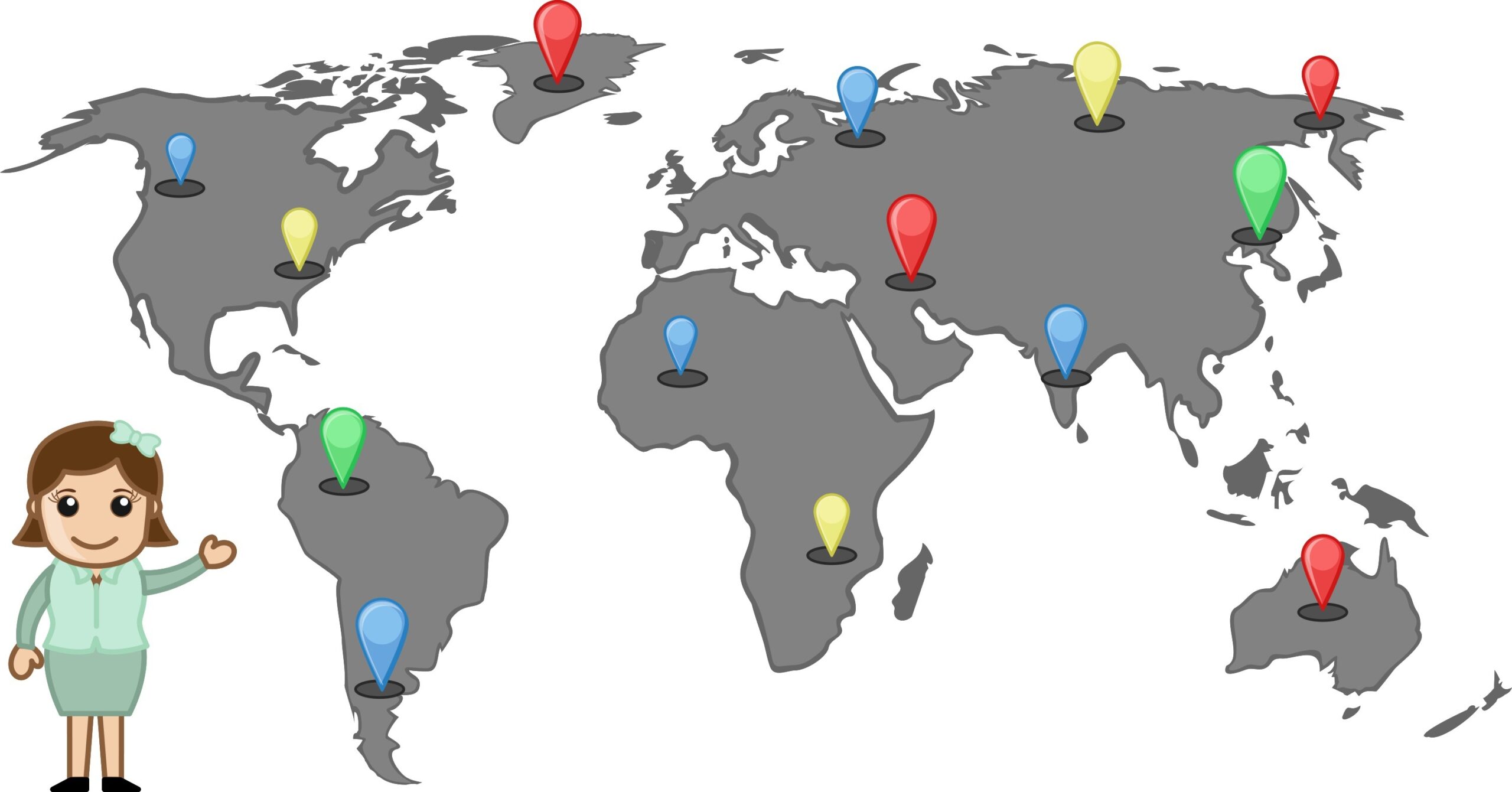By Eric Weiner, DSS Public Affairs
DSS Special Agent David Nicholas, Regional Security Officer, Consulate General Wuhan
DSS Special Agent Robert Gudenkauf, Assistant Regional Security Officer Investigator
The outbreak
In January, a new and highly infectious coronavirus was spreading through Wuhan, China. To control the outbreak, the Chinese government took a drastic step – without warning, they closed Wuhan, a city of 11 million people, and began what would become one of the largest quarantines in world history. U.S. Consulate General Wuhan was caught in the epicenter of the lockdown. Consulate staff and their families were concerned about isolation and the inability to access medical and support services. When the local government unexpectedly closed the airport, stopped public transportation and closed the roadways, the American team thought they might not be able to leave Wuhan.
Back in Washington, the U.S. government formed an interagency coronavirus task force to lead the response to the outbreak. On the ground in Wuhan, the U.S. Department of State’s Diplomatic Security Service (DSS) and consulate leadership were already implementing a plan to close the consulate and evacuate American personnel.
As the law enforcement and security arm of the Department, DSS ensured that consulate facilities, personnel and information were secure before turning off the lights and lowering the American flag, but evacuation was no simple matter.
“Prior to the lockdown, we had reviewed the consulate’s emergency and food supplies, medical capabilities and vehicle capacity,” said DSS Special Agent and Consulate General Wuhan’s Regional Security Officer David Nicholas. “Despite our extensive preparation, we adapted our evacuation plan daily to address changing conditions and to get our people out of China safely.”
The Evacuation
The DSS Regional Security Office (RSO) worked tirelessly with the General Services Office and local staff to find evacuation routes from Wuhan to cities with operating airports. The initial evacuation plan called for a convoy of consulate vehicles to make a 16-hour drive across several provinces and local jurisdictions, but road closures and checkpoints made it impossible. As options dwindled, the Department of State’s Bureau of Consular Affairs and Directorate of Operational Medicine stepped in and quickly devised a plan and arranged a flight to evacuate not only consulate staff and their families but also private U.S. citizens and their family members, as well as some third-country nationals, living in and around Wuhan. The flight was staffed with emergency management specialists, logisticians, and communications specialists from the Directorate who were wheels up from the United States within a one-day notice.
The clock was ticking to design and execute an airlift evacuation plan. The RSO team worked closely with task force, consular, and operational medicine staff to make it happen. No other country had yet evacuated people from Wuhan, and local Chinese officials and international missions spent long hours planning how such an operation would work in a city under lockdown.
DSS Assistant Regional Security Officer Investigator (ARSO-I) Robert Gudenkauf and Consulate Wuhan Criminal Fraud Investigator (CFI) FangFang Wang worked closely with local officials to coordinate the evacuation flight of 195 Americans from Wuhan. A small group of dedicated local staff volunteered to drive and support the evacuation at great personal sacrifice, risking not only their health, but separation from their families due to the city’s strict travel restrictions. Wang rode a bike through Wuhan’s deserted streets to the consulate each day to assist with the departure planning. For the first evacuation flight, she served as Wuhan’s sole liaison to the local government and used her wide network of contacts to help negotiate ground-level details of the operation.
When asked why she and her local colleagues put themselves at such personal risk to help, Wang said “It was a team effort and we were all dedicated to the mission.”
The first flight
On the day of the evacuation, a host of new challenges emerged. The RSO advance team of Gudenkauf, Wang and Bureau of Medical Services (MED) healthcare provider Paul Claw arrived at the airport to find more than 100 U.S. citizens waiting—one had arrived on foot four days in advance. There was some hesitancy from local government officials, but Wang was able to dispel any doubts about the Department’s ability to manage and process all the passengers. The consular team at the airport, working alongside the RSO team and MED staff, processed and screened passengers for coronavirus symptoms, and addressed any visa issues before takeoff. Thanks to the efforts of the team on the ground and assistance from the task force in Washington, the first evacuation flight of Americans took off for the United States before dawn on January 29. No symptoms for coronavirus were detected during the rigorous screening conducted before and during the flight and there were no positive tests for COVID-19 after the evacuees were screened in the United States.
The RSO team shared lessons learned with other diplomatic missions to aid in the evacuation of their citizens, and the successful first airlift out of Wuhan laid the groundwork for four additional evacuation flights that brought 600 Americans home by the end of February.
In an email to Department of State employees, Undersecretary of State for Management Brian Bulatao welcomed home those who returned from Mission China. To those remaining in and returning to China he said, “The work you are doing to protect U.S. citizens is the Department’s most sacred duty, and you have set an inspiring example. We will continue to take every measure to see that you are supported in your work and have all the medical resources, counsel and care you need.”



